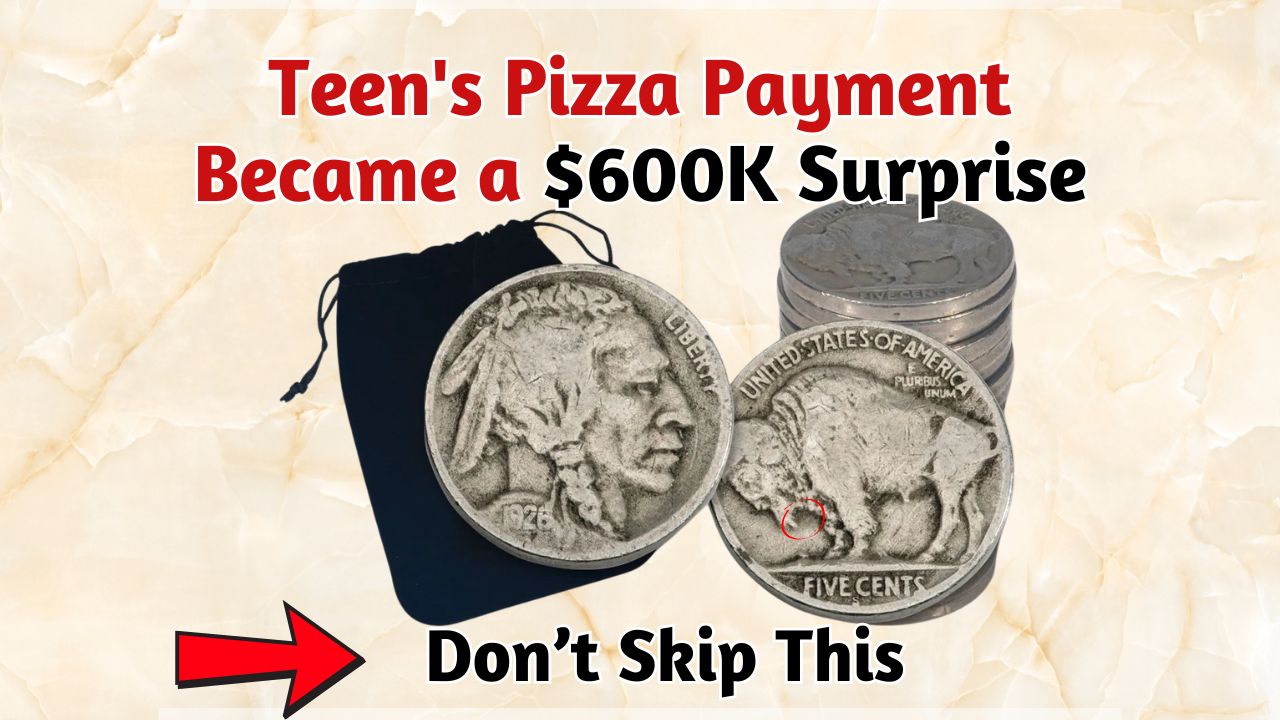The legend of the Lincoln Wheat Penny has taken an unexpected twist—a tale whispered with awe among collectors and treasure seekers. Imagine discovering a copper coin no larger than a button, nestled among the nickels and dimes in your drawer, yet it’s purported to be worth a staggering $555 million. A number so surreal, it borders the fantastical. But in the world of numismatics, truth can indeed be stranger than fiction.
Origin Story of the Lincoln Wheat Penny
Introduced in 1909, the Lincoln Wheat Penny heralded a significant shift in American coinage. For the first time, a real individual—President Abraham Lincoln—was honored on everyday currency. This penny wasn’t just a piece of change; it was history minted in copper.
The obverse featured Lincoln’s stately profile, while the reverse displayed two stalks of wheat flanking the words “ONE CENT.” This agrarian imagery symbolized America’s backbone: hard work and growth. These coins were circulated until 1958 before being replaced by the Lincoln Memorial design.
Why Do Pennies Fetch Astronomical Prices?
The jaw-dropping valuation of some pennies lies in a unique confluence of circumstances: extreme rarity, error-based anomalies, preserved condition, and historical backstory. These elements blend to turn common currency into collector gold.
One famed anomaly is the 1943 copper penny. During WWII, copper was diverted for military use, and the Mint shifted to zinc-coated steel for pennies. However, a few copper blanks mistakenly found their way into production. The result? Copper 1943 pennies—phantoms that weren’t meant to exist. One of these coins fetched over $1 million, turning a production error into numismatic royalty.
Key Features of High-Value Wheat Pennies
| Coin Year | Notable Trait | Estimated Value |
|---|---|---|
| 1909-S VDB | First year, rare initials, San Francisco mint | $3,000 – $50,000+ |
| 1943 Copper | Wrong material (copper instead of steel) | $100,000 – $1.7 million+ |
| 1955 Doubled Die | Minting error – double image | $1,000 – $25,000+ |
| 1922 No D | Missing mint mark (Denver issue) | $500 – $10,000+ |
| 1931-S | Low mintage during Depression era | $75 – $3,000+ |
The $555 Million Penny
Let’s address the elephant-sized cent in the room—could a single penny truly be worth half a billion dollars?
The most expensive verified Lincoln Wheat Penny ever sold was a 1943-D bronze cent, auctioned for approximately $1.7 million. While that price is indeed remarkable, it’s galaxies away from the $555 million figure being floated around. Most experts agree: such an exorbitant value is more myth than market reality.
However, collectors often speculate. If a previously unknown minting variant—perhaps a one-off prototype—were discovered, especially in pristine condition, who’s to say what the market might bear? For now, the $555 million penny remains an intriguing rumor, a tale wrapped in copper.
Coins May Still Linger in Your Pocket
Unlike paper bills, coins tend to persist. Some circulate for generations, passed quietly through vending machines, drawers, and piggy banks. This means that rare coins, even those minted a century ago, could still surface in everyday change.
There are stories that fuel this dream—like a retired couple who unearthed a rare 1969-S doubled die penny in their coin jar. It was later valued at over $100,000. Such discoveries ignite passion and possibility among hobbyists and casual collectors alike.
How to Recognize Valuable Penny
Think you might have a hidden treasure? Here are key identifiers to inspect:
- Date Check: Focus on years like 1909, 1914, 1922, 1931, and 1943—years that often yield rare variations.
- Mint Mark Matters: Look below the year for a tiny letter. ‘S’ (San Francisco) and ‘D’ (Denver) marks tend to increase rarity. No letter implies Philadelphia.
- Material Test for 1943 Pennies: Most 1943 pennies are steel—test with a magnet. If it doesn’t stick, you might be holding rare copper.
- Minting Mistakes: Watch for off-center strikes, doubled dates, or blurry inscriptions—these quirks are often worth thousands.
- Condition Check: Coins are graded from Poor (P-1) to Mint State (MS-70). The closer to perfect, the higher the value.
If you suspect your coin might be exceptional, consider submitting it to a professional grading service like PCGS or NGC for authentication.
The Charm of Coin Collecting
Beyond the chase for fortune, coin collecting holds deeper appeal. It’s the tactile connection to bygone eras, to wars fought, presidents remembered, and economies evolved. Holding a 1909 penny is holding over a century of stories.
Even if your collection never yields a jackpot coin, the knowledge, thrill, and history embedded in numismatics make the hobby richly rewarding.
Is the $555 Million Penny Real
In the realm of coins, reality often blends with legend. The story of a $555 million penny remains unverified, a speculative sparkle in the eye of coin lore. Yet it reflects something important: the belief that hidden treasure can exist in plain sight.
Whether fact or fable, this tale continues to inspire people to look at their change a little more closely, to dig through those forgotten jars, and perhaps, to uncover a fragment of history that might just change their future.
Disclaimer
This article is crafted for informational purposes. Valuations are subject to market fluctuations and are influenced by coin rarity, demand, and condition. The mention of a $555 million penny is based on circulating internet rumors and lacks validation from authoritative numismatic bodies. Always consult a certified coin expert before making any financial decisions related to collectible currency.













Hi I have 1943-d steel wheat penny 1944 wheat penny 1910 wheat penny’s manny more almost hole set i am try sale all my conis